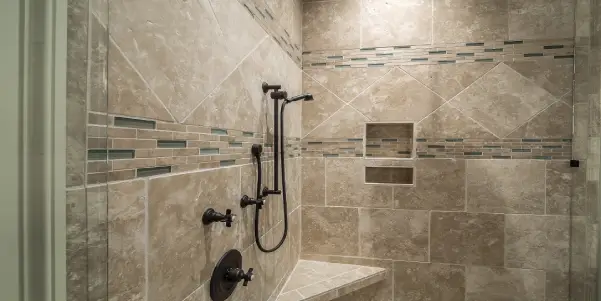Why Caulk?

In a recent column I noted that caulk may be one of the most underappreciated tools for keeping your home is its “best” condition. This led to questions about types of caulks, and where to use them.
Caulking comes in two primary types, acrylic latex, and silicone-based products. These products close the gap between two adjacent surfaces. Anyplace where water can intrude and cause damage, caulk is used to seal that joint. For example, between the exterior trim of your home and the siding that trim is on. There should be a bead of caulk at the top of your bathroom sink, where the backsplash meats the wall.
Acrylic latex caulk is water soluble when fresh and wet, allowing for easy cleanup with hot soap and water. Acrylic latex caulk will not wash away once cured and is suitable for exterior use on your home. If there is ever a question, read the tube to ensure a products formulation for both interior and exterior uses.
The primary advantage of acrylic latex caulk is that it is paintable. So, after using it to seal joint is siding, you can then paint the siding. Or trim. Or anyplace else you have applied the product. Acrylic latex caulk comes with limited colour choices because it will be painted in most cases.
Silicone based caulks are waterproof when installed properly, and thus ideal around the tub and shower in the bathroom, and also in the kitchen. Cleaning is essential for proper installation. Scrape any old caulk away with a sharp tool, use a razor blade to skim any fine residues off tile surfaces, then clean well with denatured alcohol and allow to dry. Then apply your silicone caulk. If you have a glass wall meeting a tile wall in your shower, for example, a bead of silicone caulk ensures no water gets between the two.
The primary disadvantage of pure silicone caulks is that paint will not adhere. New formulations and blends have been used to create a paintable-silicone caulk. While these may have their uses, I suggest pure silicone in your bathroom and kitchen.
Silicone caulks, given their heavy uses in damp environments, may contain Mold inhibiting agents in their formulation. These do seem to work but know that no caulk lasts forever. Caulk eventually pulls away from the surfaces it is protecting, or cracks, and must be reapplied. If you skip this part, damage will follow.
For those that are sold on the importance of caulk, but who do not want to deal with purchasing the right product, site preparation and cleaning for a good installation, know that Mr. Handyman can manage all of your interior and exterior caulking needs. Our seasoned professionals can caulk your bathroom, kitchen, trim, doors, windows and anyplace else that a good bead of caulk will help protect your home.
And in situations where damage has already occurred, they can also repair that damage and seal things, so you are good as new, and no additional damage occurs. Common areas of damage include exterior trim around doors and windows, fascia damage – especially in corners, and cracks in stucco that if not resolved will allow water to penetrate the wall.
Much of the common water damage seen in homes, other than plumbing leaks, could have been prevented with caulk. Know what caulk is, how to apply it, and recognize when its needed. Caulk is your friend.
 Click to call
Click to call


